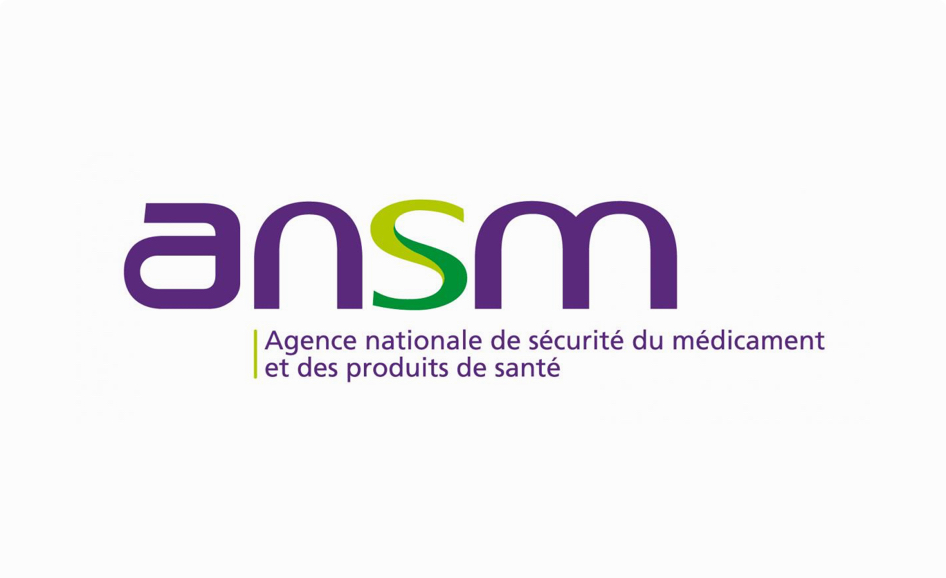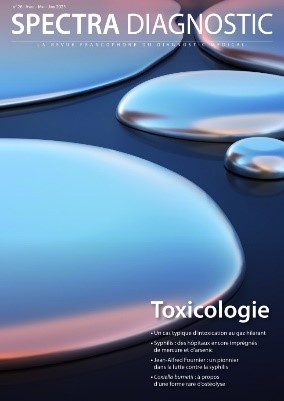Guillaume Grzych 1 2Sylvie Deheul 3Emeline Gernez 4Jean-Baptiste Davion 5Dries Dobbelaere 6Louise Carton 3 7Isabelle Kim 4Jean Claude Guichard 8Marie Girot 9Linda Humbert 10Anas Bennis 11Marie Joncquel 4Vincent Chieux 12Audrey Joly 13Phénicia Nasserdine 14Nathalie Trillot 15Claire Douillard 6 10Pascal Pigny 4Céline Tard 16
Journal of Neurology (2023)
Title: Comparison of biomarkers for the diagnosis of nitrous oxide intoxication: retrospective study of vitamin B12 markers
Background: Recreational use of nitrous oxide (N2O) leads to neurological disorders, including subacute combined spinal cord degeneration, psychological disorders and thrombosis. It has not been possible to carry out routine N2O assays in serum or urine. It is therefore necessary to study other biological markers such as metabolic markers. Here, we sought to challenge the three main biological markers used in the diagnosis of nitrous oxide abuse, namely total vitamin B12, homocysteine and methylmalonic acid.
Methods: We retrospectively collected clinical and biological data from 52 patients with known and documented chronic N2O abuse and associated clinical signs (peripheral neuropathy disability score or thrombosis event). Serum and plasma analyses (total vitamin B12, methylmalonic acid (MMA) and homocysteine) were performed to identify the most specific marker of chronic N2O intoxication and associated clinical findings.
Results: Plasma homocysteine almost systematically increased with chronic N2O consumption, while increases in MMA and decreases in total vitamin B12 were not systematically observed. Our results showed that none of the markers correlated with N2O consumption levels. However, homocysteine and MMA correlated with clinical severity, but MMA appeared to be a better marker of clinical severity.
Conclusion: There is no specific marker of nitrous oxide abuse according to consumption levels, and the total decrease in vitamin B12 could be used neither as a marker of consumption nor as a marker of severity. However, we have shown that homocysteine is systematically increased and could be used as a marker of recent N2O consumption. On the other hand, we showed that MMA could be used as a marker of clinical severity.
Link to article: Comparison of biomarker for diagnosis of nitrous oxide abuse: challenge of cobalamin metabolic parameters, a retrospective study - PubMed (nih.gov)










 Make a donation
Make a donation